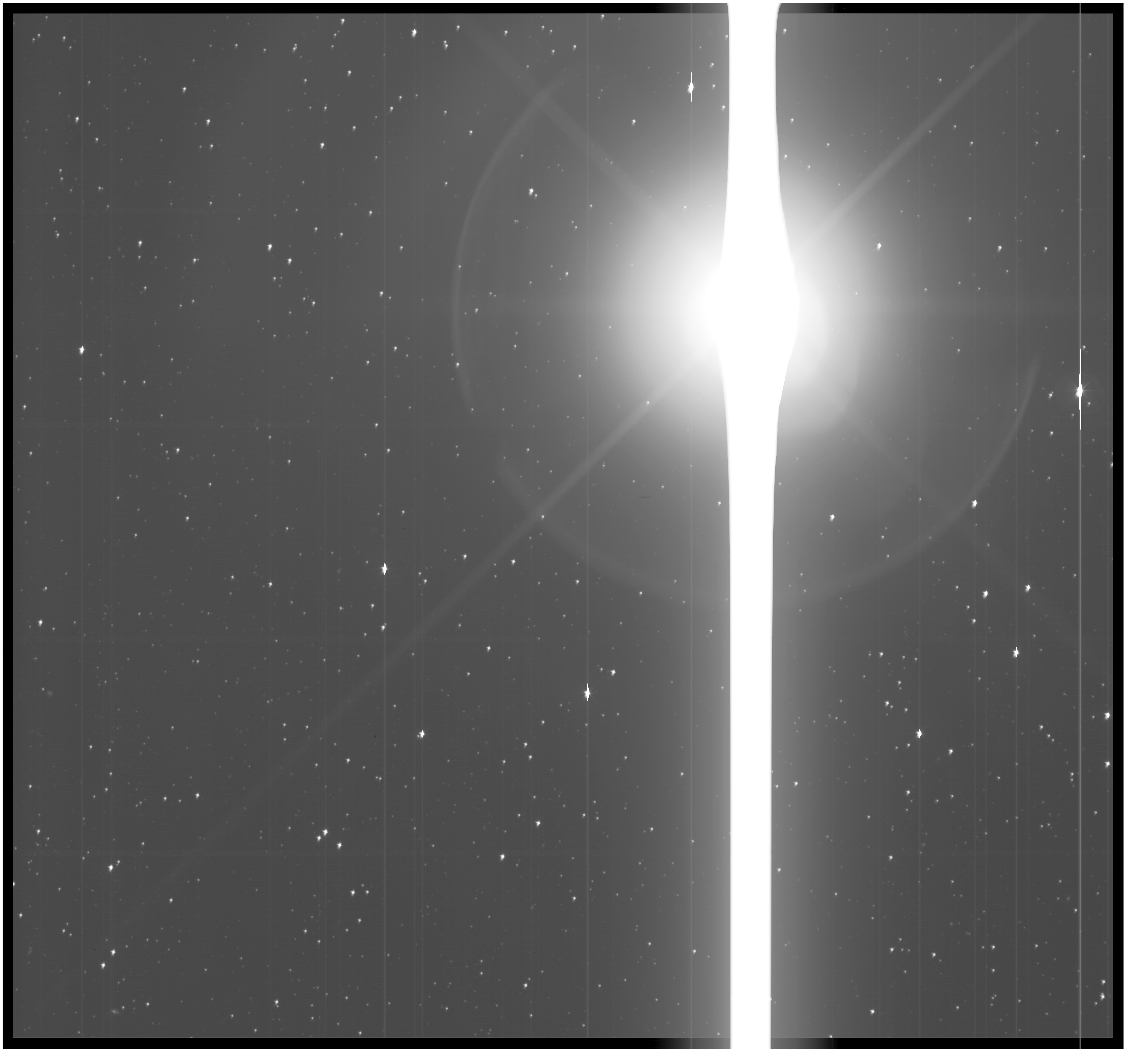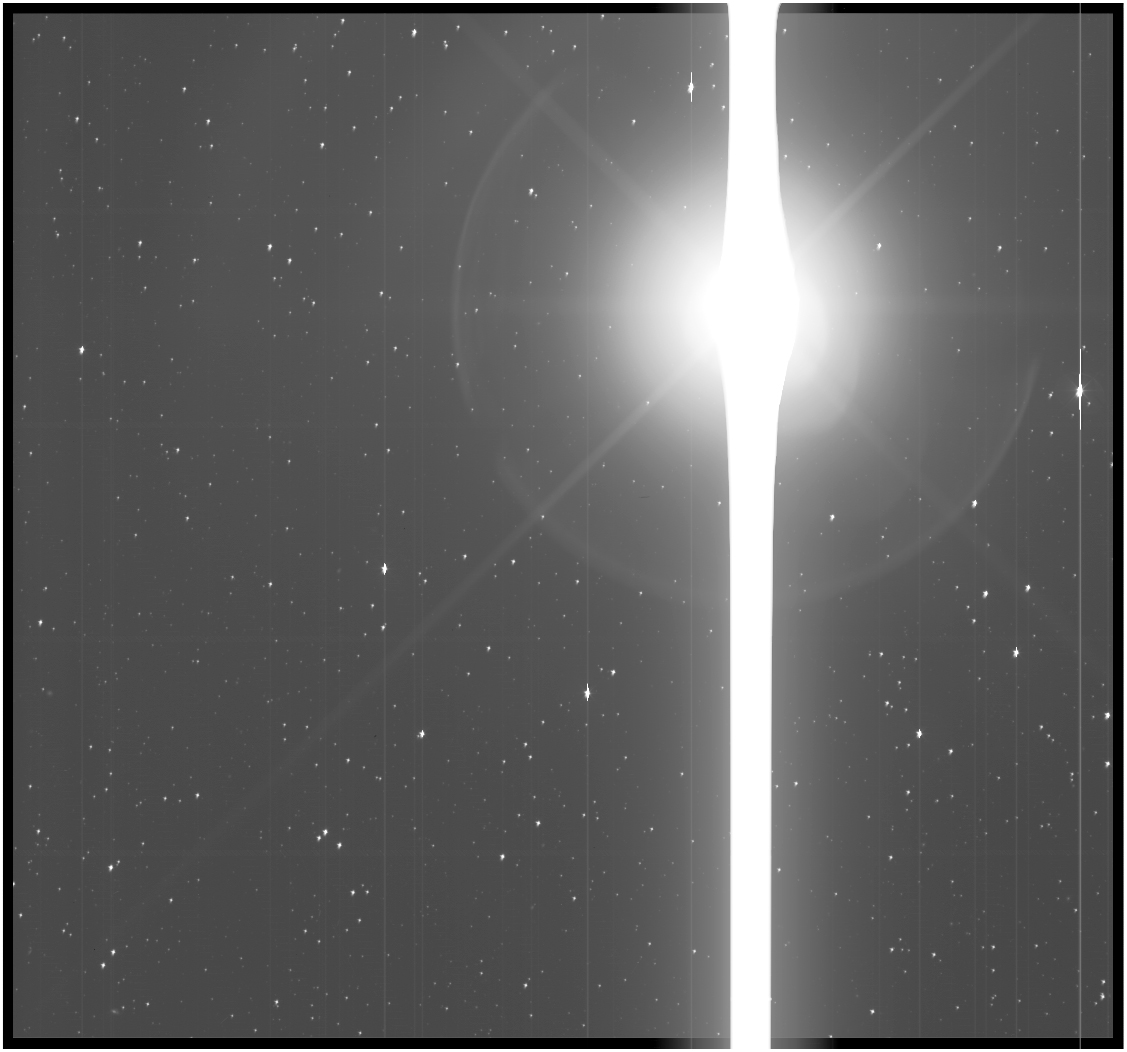Earth from 94 Million Miles Away

| Credit | NASA/Ames Research Center |
|---|---|
| Language |
|
Capturing images of our home planet from the perspective of faraway spacecraft has become a tradition at NASA, ever since Voyager, 28 years ago, displayed our “pale blue dot” in the vastness of space.
But the view of Earth from NASA’s Kepler Space Telescope is quite something else.
This Kepler image of Earth was recently beamed back home. Captured on Dec. 10, 2017 after the spacecraft adjusted its telescope to a new field of view, Earth’s reflection as it slipped past was so extraordinarily bright that it created a saber-like saturation bleed across the instrument’s sensors, obscuring the neighboring Moon.
At 94 million miles away, Kepler’s interpretation of Earth as a bright flashlight in a dark sea of stars demonstrates the capabilities of its highly sensitive photometer, which is designed to pick up the faint dips in brightness of planets crossing distant stars. Some stars in this image are hundreds of light years away.
The scientific community celebrated Earth’s transit across Kepler’s field of view by using #WaveAtKepler on social media. As Kepler only takes pictures in black and white, some in the science community have taken the data and used color to highlight details in grayscale images.
The mission marks its nine-year anniversary in space on March 7. More than 2,500 planets have been found in the Kepler data so far, as well as many other discoveries about stars, supernovae and other astrophysical phenomena. The mission is in its second extended operating phase and is known to have a limited lifetime. Its scientific success in discovering distant planets has paved the way for Transiting Exoplanet Survey Satellite (TESS), which is launching on April 16. TESS will monitor more than 200,000 of the brightest and nearest stars outside our solar system for transiting planets.
For more information on Kepler, go to: https://www.nasa.gov/kepler

